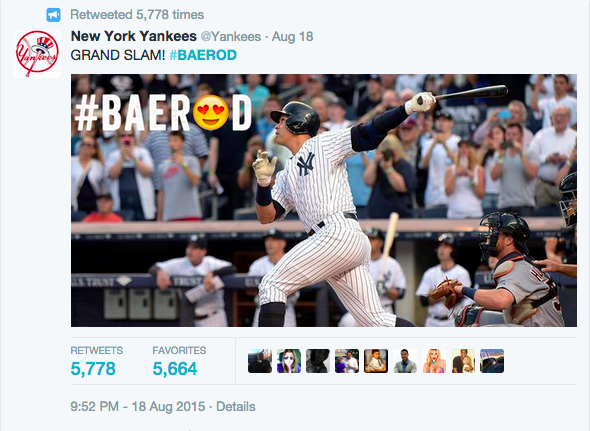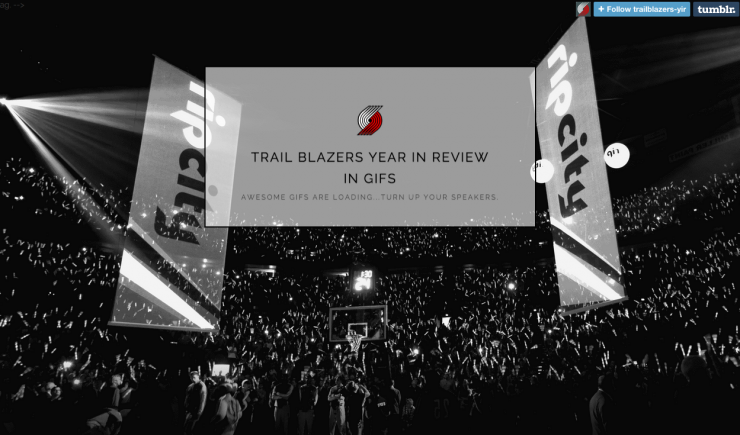We focus on the scores, wins and losses a lot in this industry. But when you step back, sports are bigger than sports. The game has the power to transcend entertainment into something much larger. This past weekend in the NFL was proof of that.
Amid the NFL battle with President Trump, there were two brand pushes that stood out. First, the NFL decided to push out its Super Bowl commercial about unity again. The lines in the spot are so powerful:
“Inside these lines, we don’t have to come from the same place to help each other reach the same destination. Inside these lines, we may have our differences, but recognize there’s more that unites us.
Inside these lines, we can bring out the best in each other and live united. https://t.co/nQpUrKFL4T
— NFL (@NFL) September 24, 2017
Second, the Miami Dolphins pushed out this beautiful and simple piece:
These decisions and moves for brands, teams and leagues aren’t always easy. The line for brands is blurring. Today, many consumers expect brands to embrace a position and set of values. But of course, it’s a slippery slope.
When thinking about taking a stance on anything beyond the game, it’s important to remember the following things:
Define your brand values.
For any brand to take a stance, they must know their brand values first. What as an organization do you stand for? Before a brand, team or league takes any position, ensure the values are defined.
Look internally first.
Writing down brand values on a piece of paper doesn’t mean the organization is actually living by them. It’s important to take a hard look in the mirror before taking a public stance on anything. Is the brand walking the walk? Brands must practice what they preach. Period.
Be consistent.
Values aren’t something a person is wishy washy on. If you believe in something, you stand by it. The same is true for a brand that wants to take a stance. If you plan to take a position, you have to stick to it. If you try and play every crowd consumers will see right through it and you will alienate everyone.
Less is often more.
There’s something about simplicity that is powerful. When working through messaging, remember less is often more. Don’t get cute. Don’t overdo it. Keep it simple. The Dolphins post is a perfect example of that.
Know the pulse.
The world changes and views evolve. This doesn’t mean that we completely abandon are values, but it does mean we need to have a pulse on what’s going on in the world. There’s nothing worse than a tone deaf brand. Awareness of the current climate is key. It will go a long way to ensure you shape a message the pushes things forward instead of backfire.
This weekend was a small example of the impact sports plays in the world. It’s more than entertainment. It has the ability to inspire, move and mobilize people. Consumers look for brands to take a stance– but only if it’s authentic. When tapping into something more than the scores, remember that it’s important to actually know and live by your brand values.

